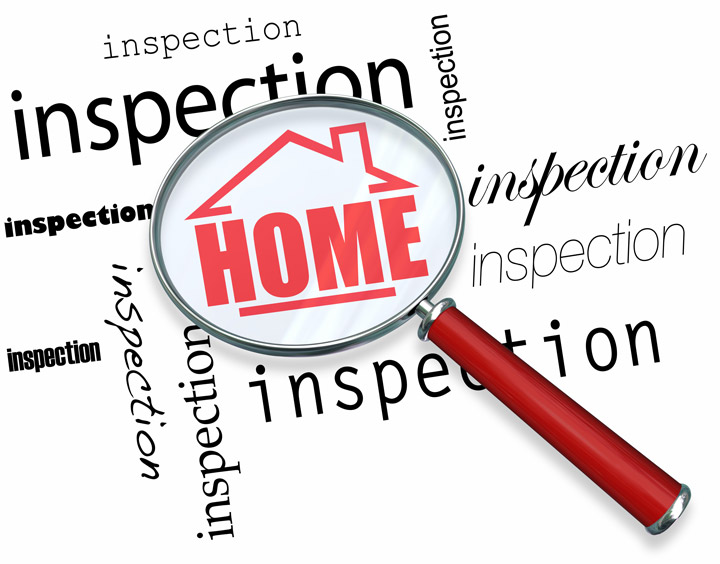
Making Sense of the Appraisal ProcessGetting a home can be the largest financial decision some people may ever make. It doesn't matter if where you raise your family, a seasonal vacation home or an investment, purchasing real property is an involved transaction that requires multiple people working in concert to see it through. The majority of the people participating are quite familiar. The real estate agent is the most known entity in the transaction. Then, the mortgage company provides the money necessary to bankroll the exchange. And the title company sees to it that all areas of the transaction are completed and that a clear title passes from the seller to the buyer. So, what party is responsible for making sure the real estate is worth the amount being paid? In comes the appraiser. We provide an unbiased estimate of what a buyer might expect to pay — or a seller receive — for a parcel of real estate, where both buyer and seller are informed parties. A licensed, certified, professional appraiser from Riley Boudreaux will ensure, you as an interested party, are informed. The inspection is where an appraisal startsTo determine an accurate status of the property, it's our responsibility to first conduct a thorough inspection. We must physically view features, such as the number of bedrooms and bathrooms, the location, and so on, to ensure they indeed are there and are in the condition a typical buyer would expect them to be. The inspection often includes a sketch of the floorplan, ensuring the square footage is accurate and conveying the layout of the property. Most importantly, the appraiser looks for any obvious amenities - or defects - that would have an impact on the value of the house. After the inspection, we use two or three approaches to determining the value of the property: sales comparison and, in the case of a rental property, an income approach. 
Replacement CostThis is where we gather information on local construction costs, the cost of labor and other factors to ascertain how much it would cost to replace the property being appraised. This estimate commonly sets the maximum on what a property would sell for. It's also the least used method. 
Paired Sales AnalysisAppraisers get to know the communities in which they appraise. They innately understand the value of certain features to the people of that area. Then, the appraiser looks up recent sales in close proximity to the subject and finds properties which are 'comparable' to the subject in question. By assigning a dollar value to certain items such as remodeled rooms, types of flooring, energy efficient items, patios and porches, or additional storage space, we add or subtract from each comparable's sales price so that they more accurately match the features of subject property.
Once all necessary adjustments have been made, the appraiser reconciles the adjusted sales prices of all the comps and then derives an opinion of what the subject could sell for. When it comes to putting a value on features of homes in Napa and Napa, Riley Boudreaux can't be beat. The sales comparison approach to value is typically given the most weight when an appraisal is for a real estate purchase. Valuation Using the Income ApproachA third method of valuing a house is sometimes used when a neighborhood has a measurable number of renter occupied properties. In this scenario, the amount of income the real estate generates is factored in with income produced by similar properties to give an indicator of the current value. Coming Up With The Final ValueCombining information from all approaches, the appraiser is then ready to put down an estimated market value for the subject property. The estimate of value on the appraisal report is not always what's being paid for the property even though it is likely the best indication of what a property is worth. There are always mitigating factors such as the seller's desire to get out of the property, urgency or 'bidding wars' that may adjust the final price up or down. Regardless, the appraised value is typically used as a guideline for lenders who don't want to loan a buyer more money than they could recover in the event they had to put the property on the market again. The bottom line is, an appraiser from Riley Boudreaux will help you get the most accurate property value, so you can make the most informed real estate decisions. |